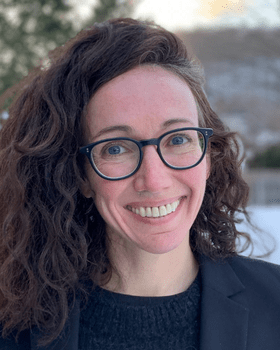Project Menu
Scaling Up Solar for Under-Resourced Communities - Community Institutions
From 2019 to 2023, CESA worked with affordable housing developers, community services providers, financial entities, and philanthropic organizations to inventory, analyze, and communicate models for philanthropic investment that accelerate the deployment of solar and solar+storage in multifamily affordable housing, senior care facilities, and community health centers in low- and moderate-income (LMI) communities. The main objective of the effort was to increase community resilience and reduce energy costs through expanding philanthropic investment in innovative solar and solar+storage financing models, including loan guarantees, such as the Financing Resilient Power initiative implemented by The Kresge Foundation and Clean Energy Group (CEG), and portfolio finance models that aggregate multiple solar+storage projects across similar types of community-serving facilities.
Identifying Barriers to Solar+Storage Development
CESA and CEG conducted surveyed municipalities, community organizations, affordable housing developers, and technical service providers to assess existing market barriers. The survey resulted in two reports: one focused on the affordable housing sector and a second report looking at trends across all LMI-serving sectors and exploring differences between housing and other types of community facilities.
State of Play of Philanthropic Investment in Solar and Solar+Storage
The project team also investigated the role of foundations in supporting the financing and deployment of solar and solar+storage in community institutions along a wide spectrum of debt to equity to grants to non-financial intervention models. Read Energize Your Impact: How Foundations Can Accelerate Solar for LMI-Serving Community Institutions to learn more.
Featured Webinar: Evaluating the Financial Performance of Connecticut’s Low- and Moderate-Income Solar Lease Program
In this webinar, Native Renewables Chelsea Chee, Honnold Foundation Kate Trujillo, and CESA Vero Bourg-Meyer presented innovative strategies to bring solar into disadvantaged communities deployed by philanthropic organizations. Speakers shared examples of specific projects, as well as high-level takeaways from the CESA Energize Your Impact: How Foundations Can Accelerate Solar for LMI-Serving Community Institutions report.


